Horses thrive on consistency and routine. As creatures of habit, they experience less stress and better overall health when their days follow a predictable pattern. Establishing a comprehensive morning routine isn’t just about convenience for horse owners—it’s a fundamental aspect of equine healthcare that impacts everything from digestive function to mental well-being. The early hours set the tone for your horse’s entire day, making your morning routine perhaps the most critical component of your horse’s management system. In this article, we’ll explore how to develop an effective morning routine that promotes optimal health for your equine companion, covering everything from feeding practices to exercise considerations.
Understanding Your Horse’s Natural Rhythms
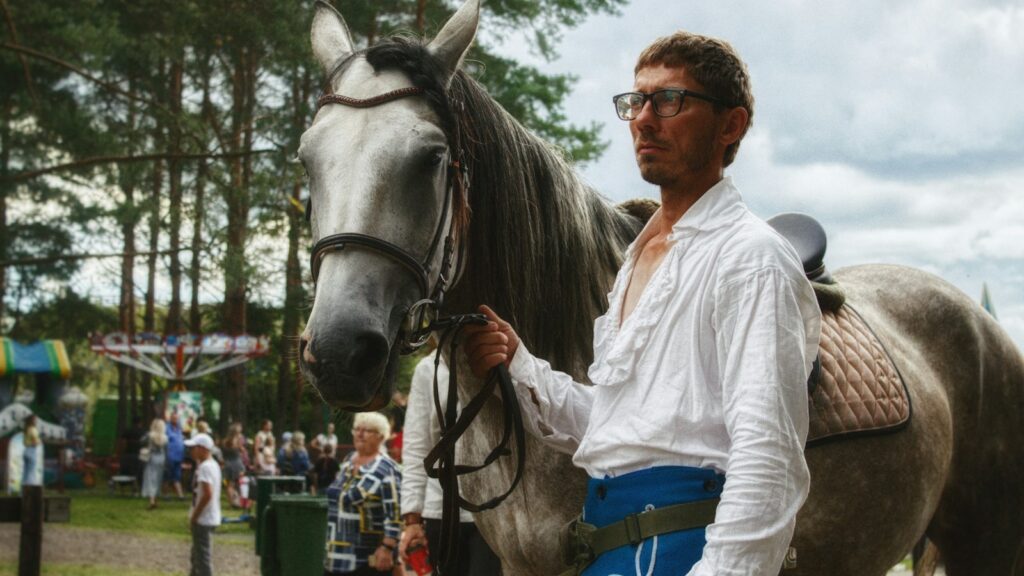
Horses have evolved as grazing animals with specific biological patterns that influence their health requirements throughout the day. In natural settings, horses spend the early morning hours grazing after a night of intermittent feeding and rest. Their digestive systems are designed for constant, small meals rather than large, infrequent feedings—a pattern that begins with dawn grazing. Understanding these natural rhythms helps us create morning routines that complement our horses’ biological needs rather than working against them. By aligning our care practices with these inherent patterns, we can reduce the risk of digestive issues like colic and promote more natural behaviors that contribute to emotional and physical wellbeing.
Set Consistent Feeding Times
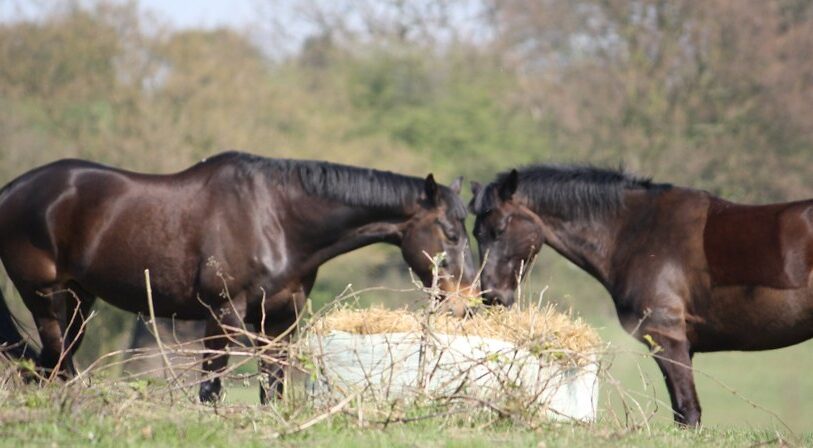
Consistency in feeding schedules represents the cornerstone of equine health management, particularly during morning hours when horses are naturally programmed to eat. Establish a feeding time that you can maintain seven days a week, ideally within a 30-minute window of the same time each day. This regularity helps maintain proper gut motility and reduces the risk of digestive upsets that can occur when feeding times fluctuate. If you board your horse, coordinate with barn staff to ensure your horse’s morning feeding aligns with their natural digestive schedule. Remember that sudden changes to feeding times can increase colic risk, so any adjustments should be made gradually over a period of days or weeks.
Optimizing Morning Feeding Strategies
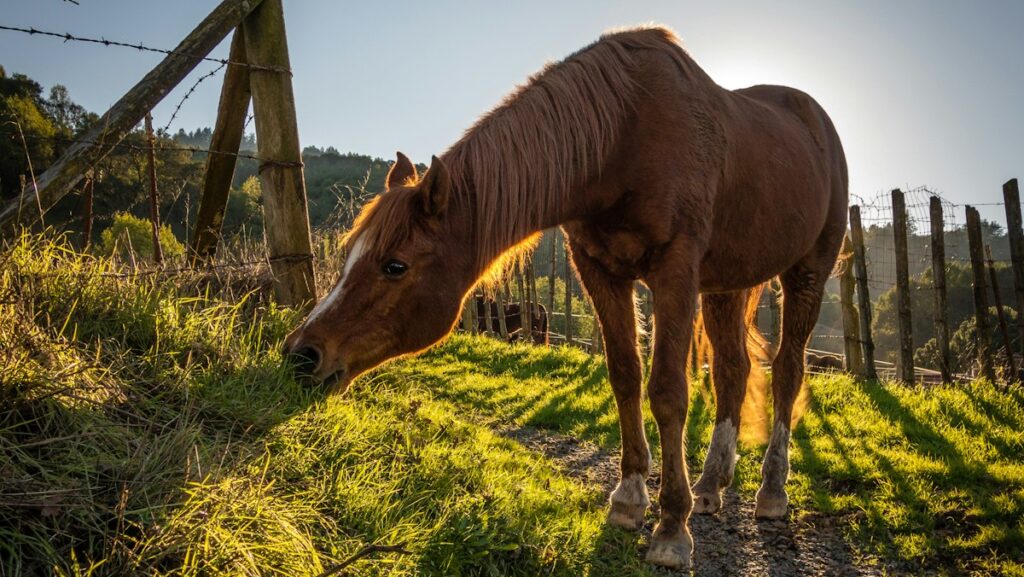
Morning feeding offers a critical opportunity to support your horse’s health with appropriate nutrition tailored to their individual needs. For most horses, the morning meal should include forage as the primary component, with concentrates offered only as needed based on work level, age, and metabolism. Consider providing hay before grain to mimic natural grazing patterns and reduce the risk of gastric ulcers by ensuring the stomach isn’t empty when processing more concentrated feeds. Slow feeders can extend morning meal time, promoting healthier digestion and satisfying natural foraging behavior. For horses with metabolic conditions, morning feedings may require special considerations such as soaking hay to reduce sugar content or timing medication administration to coincide with meals.
Water Management for Morning Hydration
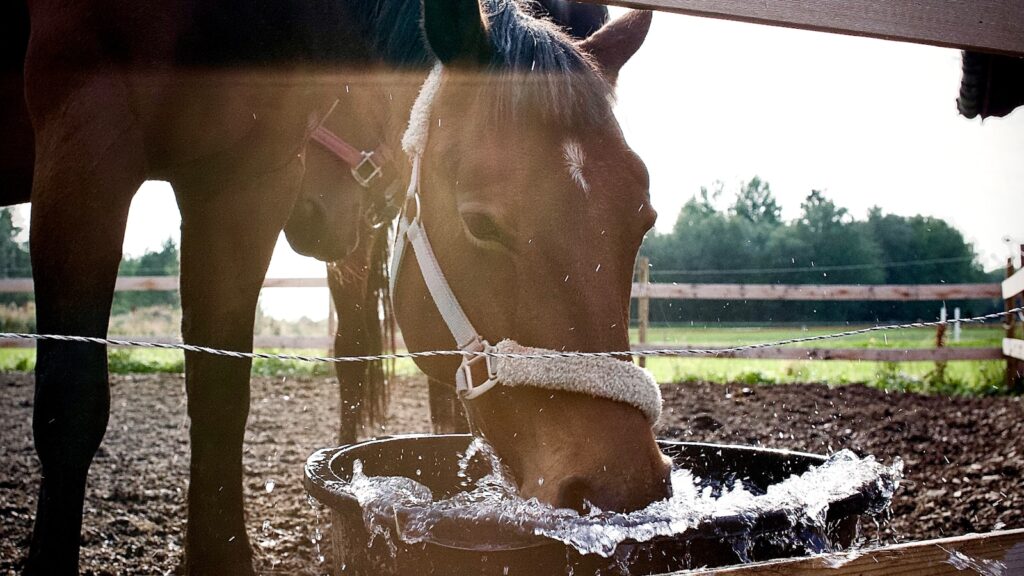
Water intake represents a crucial yet often overlooked component of morning horse care routines that directly impacts digestive health and overall wellbeing. Begin each day by checking water sources to ensure they’re clean, unfrozen in cold weather, and filled to appropriate levels. Many horses drink significant amounts overnight or first thing in the morning, making this check essential to prevent dehydration. During the winter months, offering slightly warmed water in the morning can increase consumption by as much as 40% compared to cold water. For horses that travel regularly, establishing a consistent morning routine of offering familiar water can help maintain hydration levels even in unfamiliar surroundings, potentially reducing colic risk during transportation or competition.
Initial Health Assessment Techniques
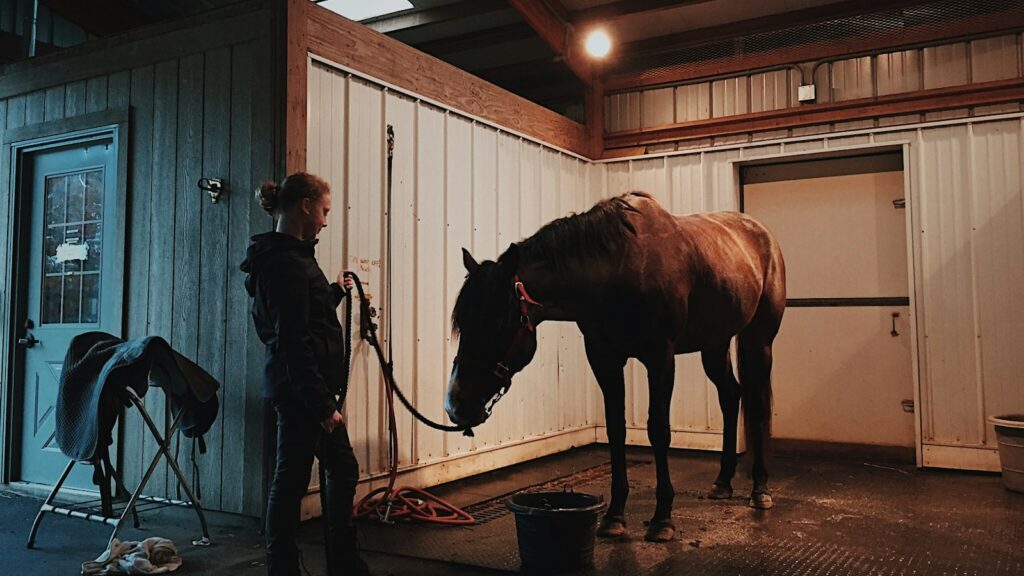
The morning offers an ideal opportunity to conduct a consistent daily health check before your horse’s routine becomes disrupted by activities or turnout. Establish a systematic approach that includes observing your horse’s stance, alertness, and overall demeanor when you first approach. Check vital signs, including resting respiratory rate (8-12 breaths per minute is typical), examine mucous membranes for proper color and capillary refill time, and quickly assess manure quality from overnight. A thorough morning assessment provides valuable baseline data that helps identify subtle changes before they develop into serious health issues. Many seasoned horse owners report that simply watching their horse’s morning behavior while preparing feed can reveal early signs of discomfort that might otherwise go unnoticed until problems escalate.
Stall Cleaning and Bedding Management
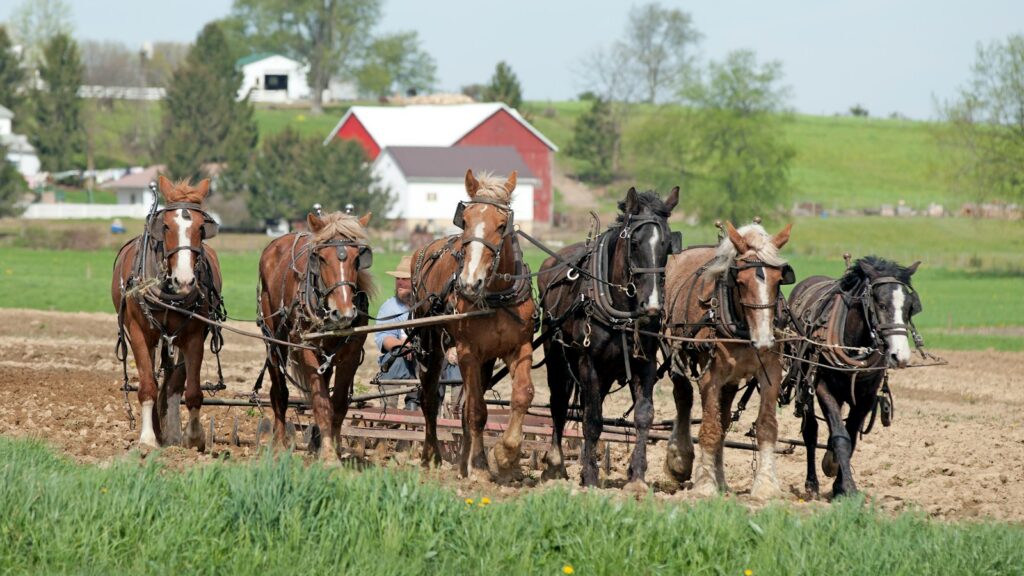
Proper morning stall maintenance directly impacts respiratory health, hoof condition, and overall hygiene for stabled horses. Develop a systematic approach to stall cleaning that includes complete manure removal, urine spot detection, and assessment of bedding quality each morning. This routine not only provides a clean environment but also offers another opportunity to evaluate your horse’s health through overnight manure production and distribution patterns. For respiratory sensitive horses, consider completing major bedding changes while horses are turned out to minimize dust exposure. The morning stall cleaning ritual also presents an opportunity to check for signs of nighttime behaviors like pawing, wall-kicking, or excessive movement that might indicate discomfort or developing stereotypies that require veterinary attention.
Strategic Turnout Planning
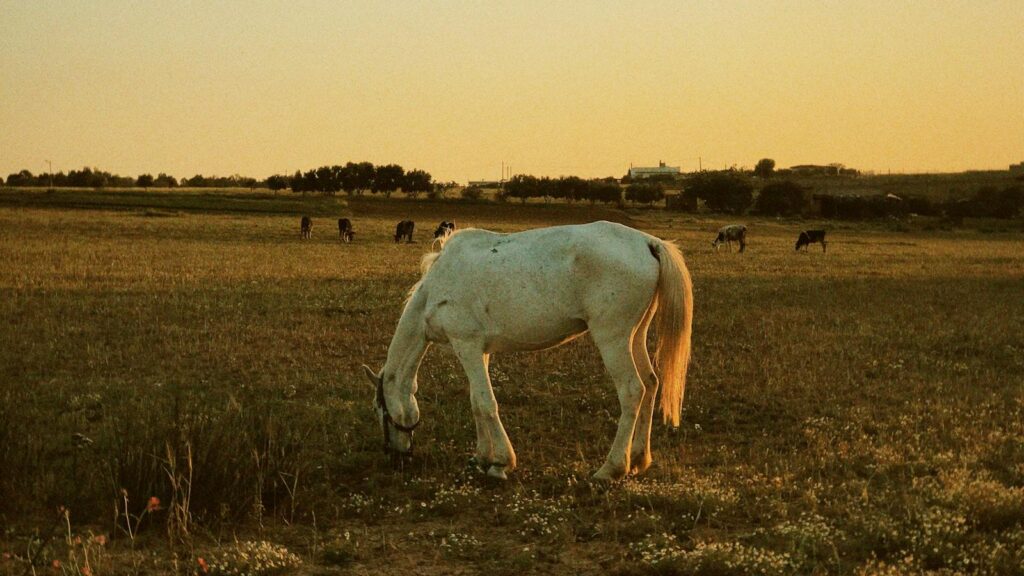
Morning turnout decisions can significantly impact your horse’s physical and mental wellbeing throughout the day. Consider seasonal factors when planning morning turnout schedules—in summer, early turnout allows horses to exercise and graze during cooler hours before heat stress becomes a concern. During winter, adjusting turnout times to avoid icy conditions while still providing essential movement may require greater flexibility. For horses prone to metabolic issues, coordinating turnout around grazing restrictions may be necessary, with muzzles or dry lots utilized during the morning hours when pasture sugars can be elevated. Group turnout dynamics also warrant morning consideration, as established herds typically experience less stress compared to frequently changing turnout companions.
Incorporating Morning Exercise

Strategic morning exercise can enhance circulation, support joint mobility, and provide mental stimulation that benefits horses throughout the entire day. For performance horses, light morning lunging or hand-walking helps identify any subtle lameness or stiffness before more intensive training sessions. Consider incorporating 10-15 minutes of controlled walking as a standard morning routine element, which serves as both a health assessment opportunity and gentle exercise to reduce stalled stiffness. Many trainers report that horses retain training better with brief morning sessions that reinforce the previous day’s lessons, rather than relying solely on longer, less frequent training periods. For older horses or those with arthritis, gentle morning movement becomes particularly crucial for maintaining joint function and reducing the discomfort associated with extended periods of standing.
Grooming for Health Monitoring

Morning grooming sessions provide invaluable opportunities to conduct detailed body condition assessments while simultaneously promoting circulation and strengthening your bond. Establish a methodical grooming sequence that ensures you examine every part of your horse’s body, paying particular attention to areas prone to issues such as the legs for swelling, the back for sensitivity, and the hooves for heat or abnormalities. Use this hands-on time to check for new cuts, swellings, or skin conditions that may have developed overnight. The morning grooming ritual also stimulates natural oils in the coat, improves circulation to the skin, and provides early detection of developing issues like rain rot or fungal infections before they become serious problems. Additionally, many horses find morning grooming relaxing, reducing stress hormones and setting a positive tone for the day’s activities.
Medication and Supplement Administration
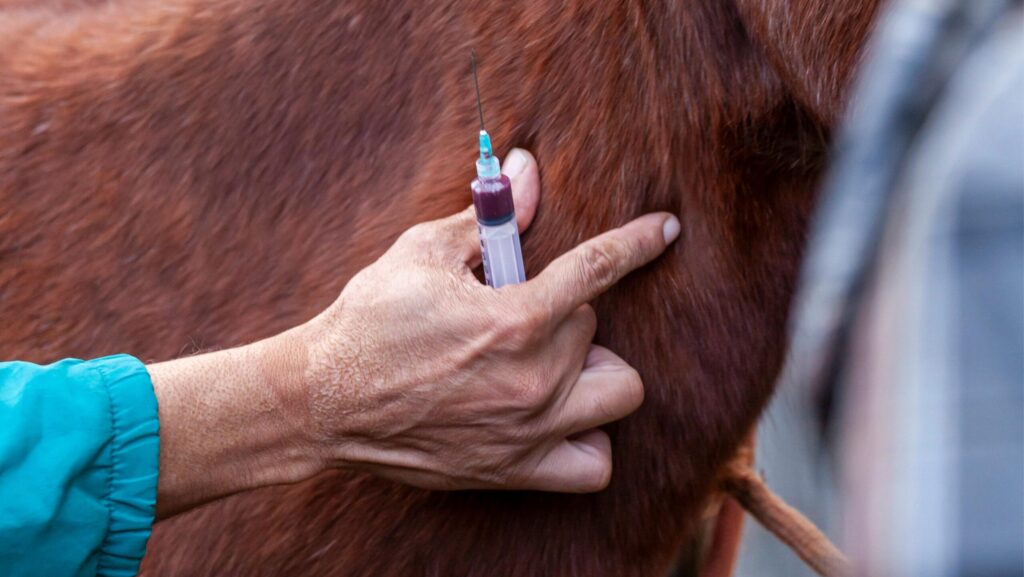
Morning routines provide the perfect framework for consistent medication and supplement delivery that supports ongoing treatment protocols and preventative health strategies. Create a systematic approach to morning medication administration, using written records or digital apps to track compliance, especially for complex regimens involving multiple products. For medications requiring empty stomachs, incorporate them earlier in your morning routine before feeding begins. Consider using specialized organizational systems, like weekly pill organizers adapted for equine supplements, to ensure accuracy and save time during busy mornings. For horses requiring long-term medications, the morning routine offers a reliable time window that helps maintain consistent blood levels of therapeutic substances for optimal efficacy.
Weather Adaptations for Morning Care
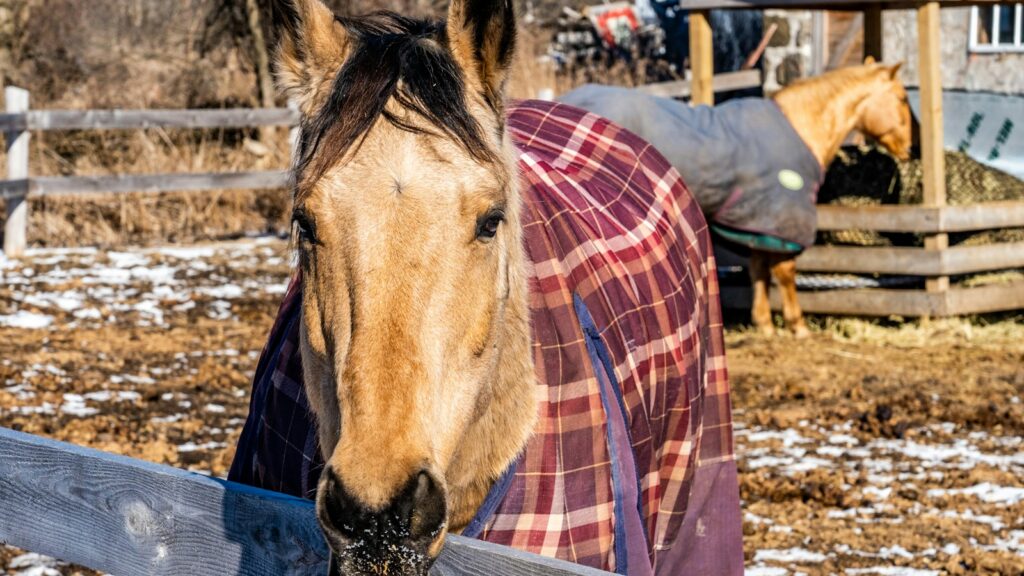
Seasonal weather patterns necessitate thoughtful modifications to morning routines while maintaining the consistency horses require for optimal health. During extreme weather events, prioritize essential care elements like hydration and feeding while potentially adjusting the timing or duration of activities like turnout or exercise. In winter mornings, allow extra time for breaking ice in water sources, checking blanket conditions, and providing additional hay for thermal regulation before temperatures rise. Summer morning routines might include early turnout followed by mid-morning stabling to avoid heat stress, along with electrolyte supplementation for horses that sweat heavily. Developing season-specific morning protocols in advance helps maintain the predictability horses need while accommodating environmental challenges that affect their comfort and well-being.
Building Efficiency While Maintaining Quality
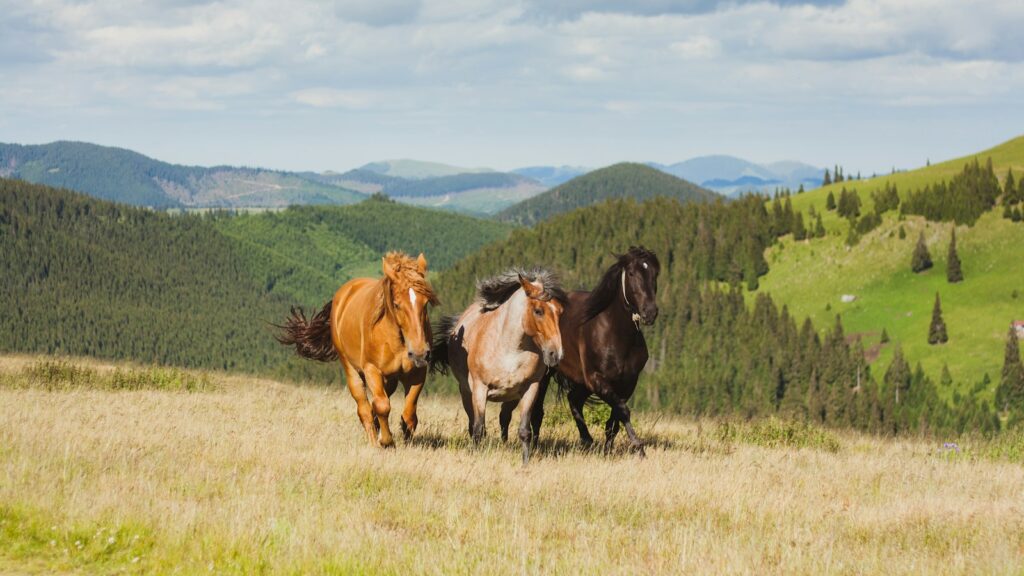
Developing streamlined morning routines enhances consistency by making essential care sustainable long-term without sacrificing attention to detail. Create logical work patterns that minimize unnecessary steps, such as preparing feed while horses are eating hay or cleaning water buckets while stalls are being mucked. Consider using time-saving tools like pre-measured feed systems and slow-feed hay nets that can be prepared the night before, or automated water systems with quick-check indicators. Many professional barns implement zone-based morning systems where all tasks in one area are completed before moving to the next section, reducing wasted movement while ensuring thorough care. Remember that efficiency should never compromise quality—the goal is to create sustainable routines that allow proper attention to each horse’s individual needs while respecting caretaker time constraints.
Training for Staff and Family Members
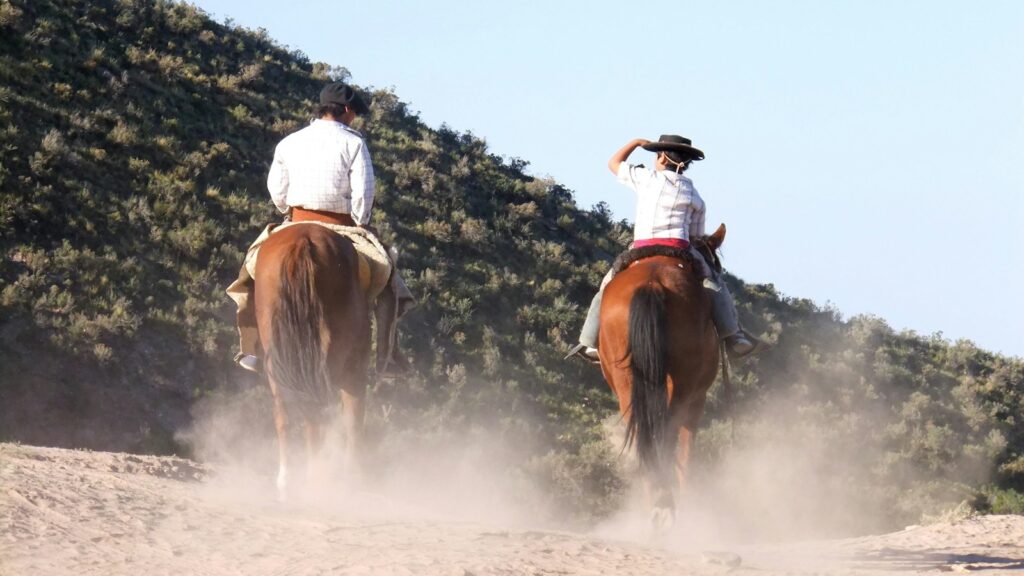
Consistent morning routines require clear communication and training for everyone involved in horse care to ensure protocols are followed regardless of who performs the tasks. Develop written standard operating procedures for morning routines that include specific details about each horse’s requirements, feeding specifications, and health monitoring expectations. Visual aids such as feeding charts, medication schedules, and turnout diagrams posted in central locations improve compliance and reduce errors, particularly with multiple caretakers. Schedule periodic training refreshers to address seasonal changes in protocols or when new horses join the program with different requirements. Creating a communication system for noting observations during morning routines, whether through a dedicated notebook, whiteboard, or digital platform, ensures important information transfers between caretakers and provides valuable documentation of health trends over time.
Conclusion: The Cumulative Power of Morning Routines
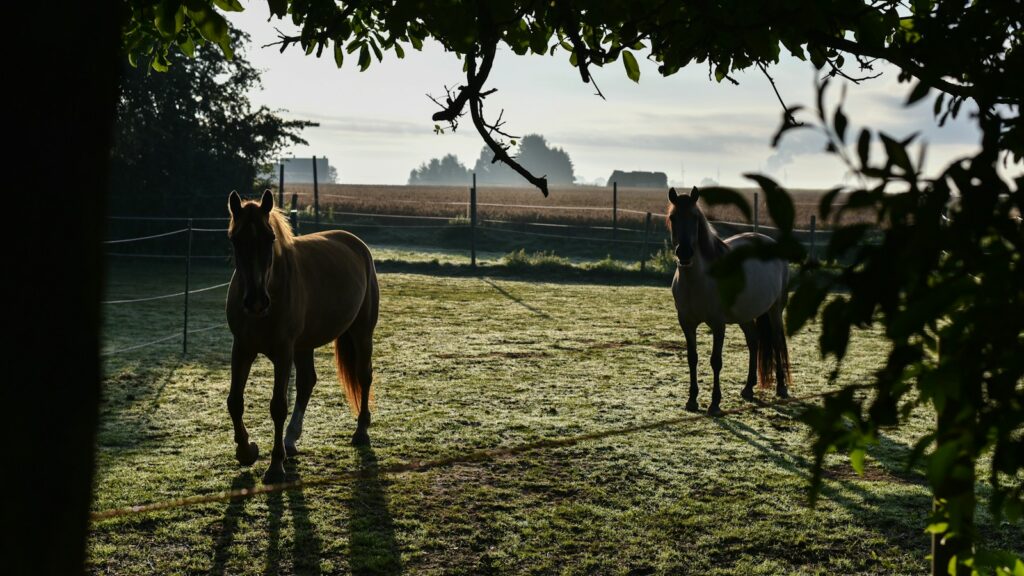
Establishing effective morning care routines represents one of the most significant contributions you can make to your horse’s long-term health and wellbeing. The cumulative effect of consistent, thoughtful morning care extends far beyond immediate comfort—it builds the foundation for digestive health, reduces stress-related ailments, and provides early detection of developing issues before they become serious medical concerns. Remember that the ideal routine balances your horse’s biological needs with practical management considerations, creating sustainable practices that benefit both horse and caretaker. By investing time in developing and maintaining quality morning protocols, you provide your equine partner with a structured, predictable environment in which they naturally thrive. The result is a healthier, more content horse who maintains better condition, experiences fewer health disruptions, and enjoys an enhanced quality of life throughout all their years in your care.







